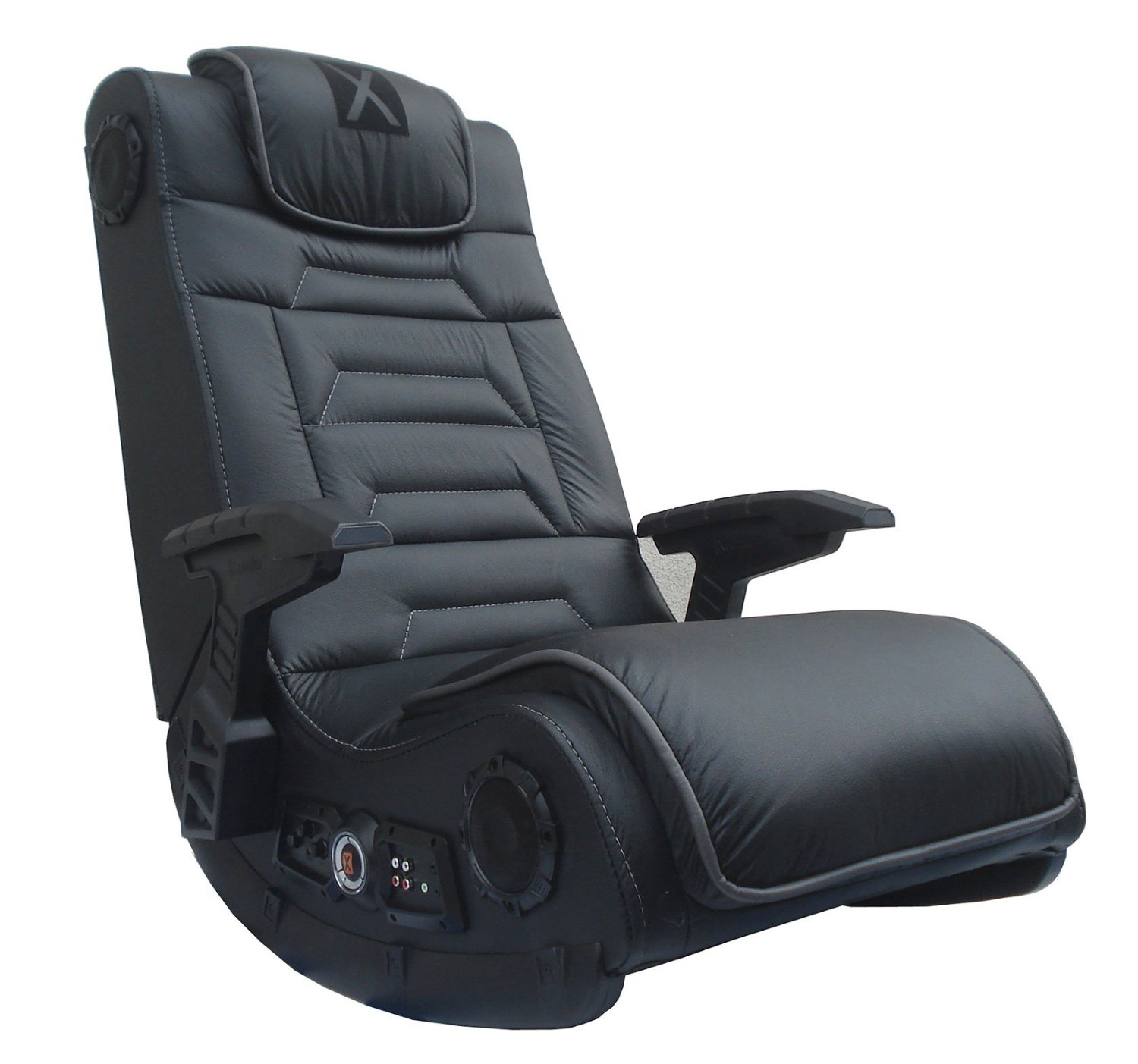Long hours of sitting is a bad idea. This is not surprising as it comes with a number of health issues. It triggers back pain and could come with serious complication later in life.
As a result, it is important to choose a good and comfortable office chair, also known as an ergonomic chair. Before choosing one, however, there are many things to consider.
The aim of this article is to guide you towards choosing the best chair that will serve you well
Checklist for the best Ergonomic Chair
Here are some things to consider in choosing an ergonomic chair that will give you adequate support.
- Can you adjust the chair vertically, using a five-point base?
- Will your back get enough support from the backrest?
- Can you adjust the (lower back) lumbar?
- How does the seat pan cushion feel?
- Is the depth and width of the chair comfortable for long term sitting?
- Can you adjust the tilt pan of the seat?
- Are there armrests that provides support for your arms without affecting the normal movement of the chair?
- Can you adjust the seat pan to the front or back?
Factors to Consider in Choosing an Ergonomic Chair
There are many things you want to watch out for in an ergonomic chair. Some of these are:
Seat Height: You should be able to adjust the seat height with ease. Many people are better off with a seat height of 19 inches in average. With this, the user can have their feet in the ground.
Lumbar Support: An ergonomic chair must support the lower back. Humans have a lumbar spine that curves inward. Prolonged sitting without any assistance for the curve could flatten the curve in the body. There should be lumbar adjustment in an ergonomic chair to support this inward curve.
Seat Width: ideally, we recommend a chair with width between 17 and 20 inches. The best chair is the one that allows each user sits comfortably, giving them an inch extra on both side of the hips.
Backrest: This should be between 12.1 and 19.2 inches wide. You should be able to adjust the backrest in backward and forward angles. There should be a way to keep the chair at the desired angle by locking.
Swivel: A good ergonomic chair should rotate smoothly. This allows the user to reach various parts of the desk without straining.
Seat Depth: The seat should support at least 75% of the thigh. The back should be comfortable against the backrest, leaving a space of about three fingers between the knees and the end of the chair. Ideally, chairs with seat slider is good as it allows the user slide the seat in and out to get a comfy position.
Armrests: You should be able to adjust your office chair armrest. They should provide a comfortable rest for the arms while keeping the shoulders relaxed. While typing, the lower limb and elbow should rest slightly while your forearm will be free.
Backrest and Seat Materials
Make sure to only go for materials chat will be comfortable when used for long period. Keep the following in mind when selecting your chair material
- Chose a seat material made from high quality foam. Low quality form and inadequate padding is not good for the hips. It can give you back ache, discomfort and fatigue.
- Do not go for unbreathable synthetic material. You are better with cloth fabric or leather as it is breathable, comfortable and easy to clean.
- We recommend a mesh backrest due to its capacity to allow air flow and support the body’s contour. It also distributes the body weight evenly.
Types of Ergonomic Chair
Many times, the task at hand do determine the seating requirement. With this, the choice of chair should be a factor of the working position that comes with your task. With this, here are the top ergonomic office chairs available
- Kneeling chair: an alternative for ergonomic chair. For use at home or in the office. It has no back and the user assumes a kneeling position.
- Saddle Ergonomic chair: the chair assumes the shape of a horse saddle. People use it with their legs suspended in the air. While on the chair, they are usually between a sitting and standing position.
- Bariatric Chair: a good ergonomic chair for large users
- Exercise ball ergonomic chair: it is a big ball that can support the user for prolonged sitting. Users can use it with their desk or computer. This chair as it encourages movement and active sitting which fosters circulation, keeping the muscles active.
- Standup chairs: This is a good choice for people whose job involves leaning forward while working. Draughtsman, microscope users, sound desk workers, etc., are perfect example.
Conclusion
The choice of an ergonomic chair should not be a cumbersome process. This is a good article that will guide users on what to look for when considering the best ergonomic chair to select.


